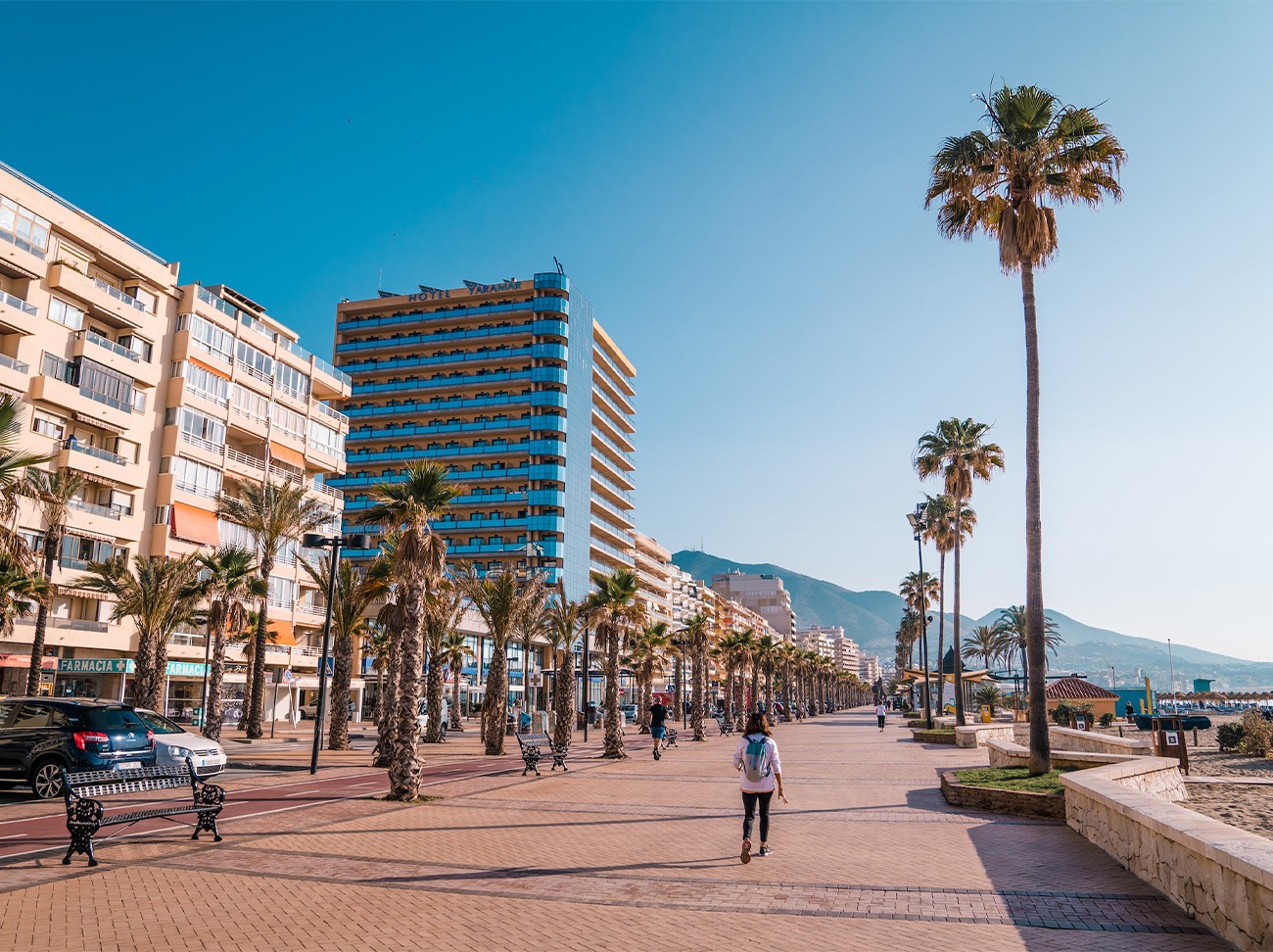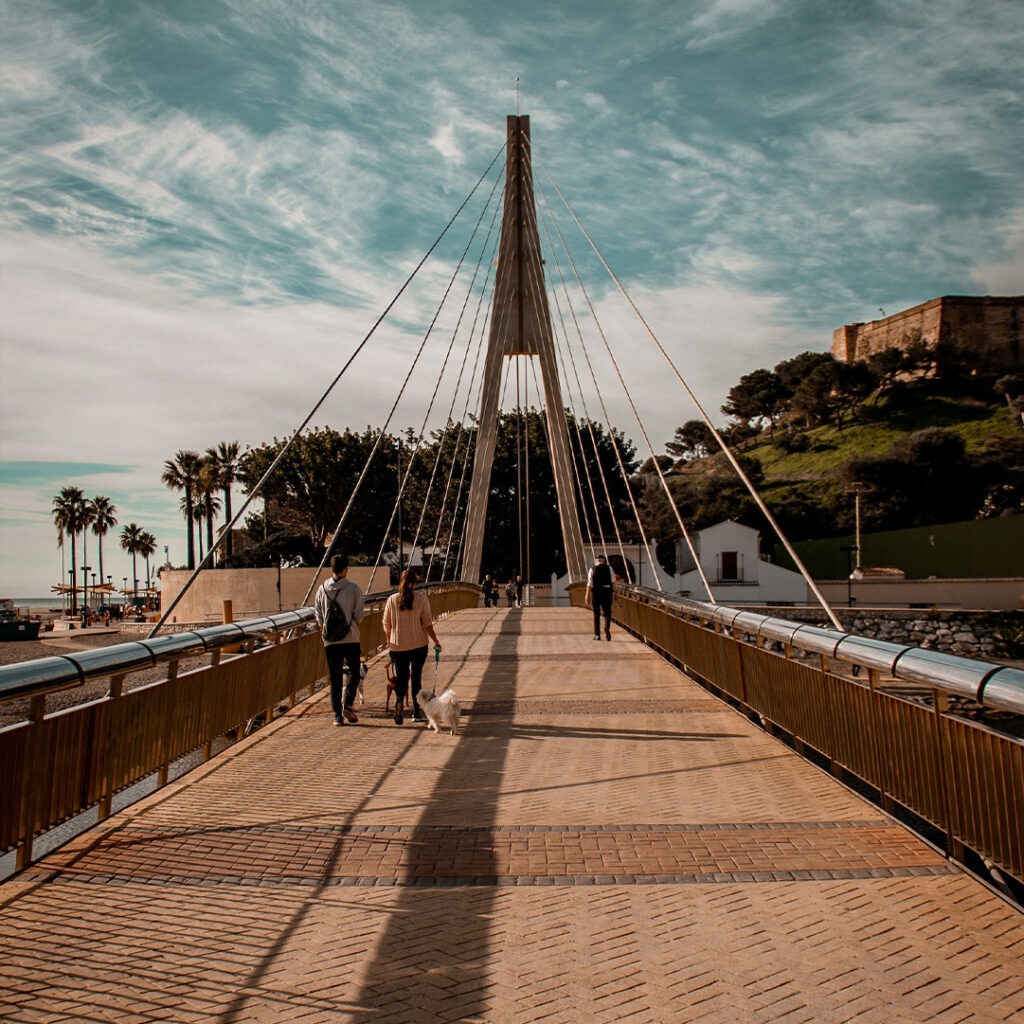
27 Jun Fuengirola – the favorite of many
Fuengirola is located between Málaga and Marbella and has 77,397 inhabitants, which is half of Marbella and slightly less than Mijas. This makes Fuengirola the third largest municipality outside the provincial capital Málaga.
In 1841, Fuengirola separated from Mijas and became an independent municipality. The distance to Marbella is 30 kilometers, to the airport in Málaga 25 kilometers and to the center of Málaga 31 kilometers.
The city borders Benalmádena to the east and Mijas to the north and west. Directly to the south lies the Mediterranean Sea. The municipality of Las Lagunas in Mijas is completely built up with Fuengirola.
Just like many other towns along the Costa del Sol, Fuengirola once had fishing and agriculture as the main sources of income. However, the city has managed to preserve much of its original small-town atmosphere. It was in the 1960s that the northern Europeans discovered how nice it was to live and live in Fuengirola. In the early 1960s, there was a population of approximately 8,500 people, which had already increased to just over 30,000 in the 1980s. During the high season in July and August, it increases even more enormously and it is expected that more than 250,000 tourists will come to Fuengirola during the summer months.
The smallest municipality on the Costa del Sol to the surface
Fuengirola is a seemingly small municipality. Although almost 80,000 people live in the city, it only stretches over ten square kilometers. This means that the number of homes available is fewer than in most other cities, which in turn means that the prices of homes in Fuengirola can be higher per square meter.
Ancient history of Fuengirola

Fuengirola’s history goes back to the ancient Phoenicians, who arrived around 1600 BC. A large trading station was established here which was in operation for a long time. Next came the Romans, who called the place Suel. It was also the Romans, who in the 12th century built a fort on the site where the castle of Sohail is today, and they also built bathing facilities in Torreblanca. The Romans remained on the Costa del Sol and Fuengirola until the seventh century, when the Moors took over Spain.
The Arabs ruled the city from the middle of the eighth century and changed the city’s name to Sujayl, a name that remained until the year 1487, when the Catholic armies recaptured the area and gave the city a new name, FontJirola, after a fountain that gushed from the foot of the castle. Fuengirola’s most famous monument is precisely this castle of Sohail, which is strategically located on a hill commanding the entrance from the west.
The favorite of many northerners
About 25 percent of Fuengirola’s residents come from other countries and the Nordic element is greater here than in all other places along the Costa del Sol. There are an estimated 10,000 northerners living in Fuengirola, of which around 3,000 are Swedes. Here you can find, among other things, the Church of Sweden, the Swedish school and all the clubs and associations for Scandinavians. For Scandinavians, Fuengirola is the most popular area on the Costa del Sol, here there are over 250 different Scandinavian businesses, from advice and various goods to bars and restaurants. If you include Norwegian, Danish and Finnish companies, they represent almost all types of companies.





